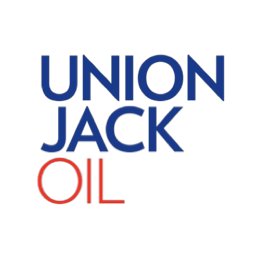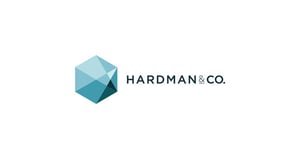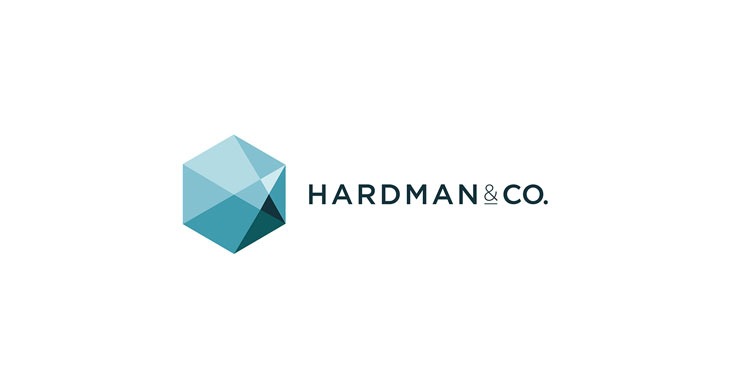Just beyond the horizon of familiar onshore oil plays, Union Jack’s latest venture into central Oklahoma hints at a broader ambition. A recent board decision has quietly brought the company’s expertise to the heart of a prolific American basin, setting the stage for a series of high-impact drilling campaigns that could reshape its risk profile and unlock fresh value for investors.
In the coming months, Union Jack will earn into a 60 per cent stake in the Sark prospect, paying 80 per cent of associated outlays on a structure that has never before been tested. Spudding is scheduled for early in the third quarter of 2025, and costs net to Union Jack are expected to total around US$1.1 million, inclusive of back costs incurred to date. At first glance, those figures speak to a cautious commitment; look closer, and they reveal a calibrated strike at a large dip-and-fault trap covering 156 acres with 40 feet of relief – one that sits adjacent to a field which has already delivered more than 1.6 million barrels of oil from analogous zones.
What really sets Sark apart is the multiple layers of potential stacked within its subsurface. The primary targets lie in the Hunton and the second Wilcox formations, with the well planned to reach the Arbuckle level at around 5,500 feet. Those formations alone carry an estimated 1.44 million barrels of recoverable oil, yet seismic data hints at as much as 1.5 million barrels of additional upside in secondary sands such as the Prue, the Red Fork and lower Pennsylvanian channels. Union Jack’s own risk analysis assigns a 65 per cent chance of success in finding movable hydrocarbons, figures that, in the team’s view, justify the modest capital outlay and the aggressive stake taken.
For seasoned observers of Union Jack, the move into Sark follows a clear pattern. In just over fifteen months, the company has drilled four consecutive discoveries in Oklahoma, each one refining its understanding of the play types and boosting the collective confidence of its board. The most recent success at Moccasin has been particularly catalytic, demonstrating the repeatability of the approach and underpinning a period of sustained US-focused activity. Those results underpin the joint venture’s belief that these emerging assets form the bedrock of a second revenue stream – one designed to complement, rather than replace, the cash-flow generation from Wressle in the UK.
Behind the scenes, the farm-in agreement with Reach Oil and Gas reflects a pragmatic capital strategy. By taking on 80 per cent of the well costs in return for 60 per cent of the interest, Union Jack scales its investment to the level of risk it deems appropriate. That structure not only limits upfront exposure but also aligns incentives with a partner that brings local technical and operational acumen to the table. Should Sark perform to expectations, the discounted net present value, calculated on a US\$65 per barrel oil price—could approach US\$10.9 million to Union Jack’s balance sheet.
Beyond the numbers, Sark offers a blueprint for the wider expansion of the company’s North American footprint. A steady cadence of farm-ins and joint ventures has allowed Union Jack to deploy capital selectively, testing high-impact prospects while retaining financial flexibility. That agility has become more valuable as investors weigh the merits of upstream oil in a market where front-end costs and fiscal regimes can vary sharply from one jurisdiction to the next. By targeting onshore Oklahoma, with its established infrastructure and regulatory clarity, Union Jack is sidestepping some of the volatility found in frontier basins while still chasing the kind of resource upside that appeals to a risk-reward-minded audience.
Looking ahead, the coming quarter will be pivotal. Success at Sark would affirm the technical thesis that underlies the entire programme and set the stage for additional wells in the region. Even a moderately positive outcome would boost the company’s ability to secure further farm-in agreements or to take operatorship roles on future prospects. Conversely, should fault complexity or reservoir quality fall short of expectations, the limited capital exposure means that the board can reallocate resources swiftly without imperilling the company’s wider portfolio.
For investors, Union Jack’s Oklahoma push offers a compelling blend of controlled risk and asymmetric reward. It underscores a deliberate pivot towards higher-impact, lower-cost onshore plays in a jurisdiction that has long been a proving ground for efficient operators. The strategy is to build a series of moderately sized stepping-stone projects, each de-risked by prior activity, to create a self-reinforcing pipeline of opportunities. If the company can sustain its recent discovery rate, the US business could mature into a material contributor in its own right, complementing legacy assets and diversifying cash flows across geographies.
Union Jack Oil plc (LON:UJO) is an oil and gas company with a focus on onshore production, development, exploration and investment opportunities within the United Kingdom and the United States of America hydrocarbon sector.











































